
Do you have a question about the Samsung ML-1610XBH and is the answer not in the manual?
| Print Speed | Up to 16 ppm |
|---|---|
| Connectivity | USB 2.0 |
| Dimensions | 353 x 298 x 209 mm |
| Weight | 7.2 kg |
| Memory | 8 MB |
| Output tray capacity | 100 sheets |
| Printer Type | Laser |
| Operating System Compatibility | Windows, Mac, Linux |
| First page out | 10 seconds |
| Media sizes supported | A4, Letter, Legal, Executive, Folio, Oficio |
| Media types | Plain, Transparency, Envelope, Label |
General safety warnings for service personnel, including precautions against electric shock and fire.
Precautions regarding noxious materials (toner) and electric shock/fire hazards.
Guidelines for preventing damage to electronic components from electrostatic discharge.
General overview of the ML-1610/ML-1615P series printers.
Detailed technical specifications for the printer, including general, electrical, and paper handling.
Comparison of ML-1610, ML-1615P, and ML-1750 printer models.
Overview of the printer's components and paper path.
Overview of the printer's hardware structure and key components.
Description of the main board, its components, and functions.
Detailed specifications for the Jupiter4E ASIC, including controller and processor core.
Details on the SMPS board and its power output.
Explanation of the HVPS board and its high voltage outputs.
Description of the Engine Control Firmware structure and overview.
Steps for installing the printer and its accessories.
Explanation of sample patterns for maintenance and abnormality checks.
Overview of the printer's control panel and LED indicators.
Guidelines for consumables and replacement part cycles.
Table of LED error messages and their meanings.
Information on defective images caused by roller issues and checks.
Instructions on using the Diagnostic Control Unit (DCU) and its setup.
Diagram and explanation of the printer's paper path.
Instructions for clearing paper jams from various areas.
Checklist for resolving print quality issues.
General safety and procedural precautions for disassembly.
General steps for disassembling the printer.
Steps for removing the front cover.
Steps for removing the fuser assembly and its components.
Initial steps to check printer symptoms before repair.
Troubleshooting for issues related to bad discharge.
Troubleshooting steps for Paper Jam 0.
Troubleshooting steps for Paper Jam 1.
Troubleshooting steps for Paper Jam 2.
General malfunctions and their causes, including LED blinking errors.
Troubleshooting for the printer not powering on.
Troubleshooting issues related to a bad software environment.
Troubleshooting for abnormal printing issues, driver errors, or memory messages.
General section for troubleshooting bad image quality.
Troubleshooting for light printed images.
Exploded view and parts list for the main assembly of the printer.
Exploded view and parts list for the printer's frame assembly.
Exploded view and parts list for the fuser unit.
Exploded view and parts list for the paper path unit.
System block diagram showing interconnections of major components.
Timing chart illustrating the sequence of printer operations.
Diagram showing the connections between printer boards and components.
Schematic diagram of the main board, part 1.
Schematic diagram of the SMPS circuit.
Schematic diagram of the HVPS circuit, part 1.
List of recommended tools for troubleshooting.
Explanation of acronyms and abbreviations used in the manual.
Overview of the engine controller module and its sub-controllers.
Explanation of the heater control circuit and its operation.
Explanation of the LSU controller, its interface, and signals.

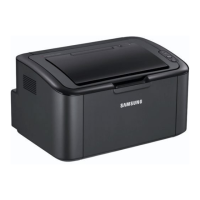
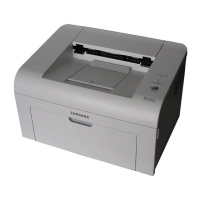
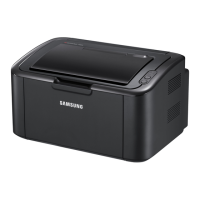
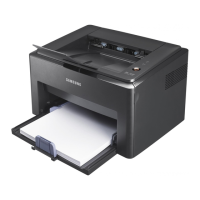

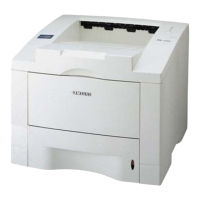
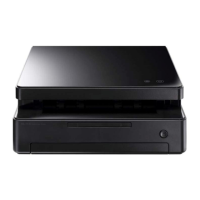
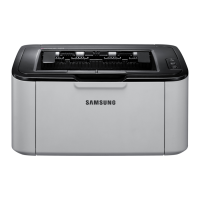
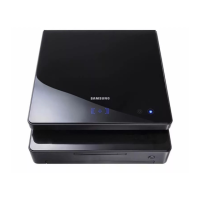
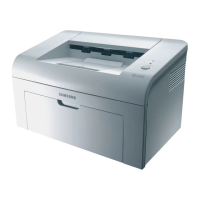
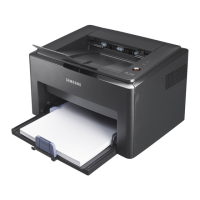
